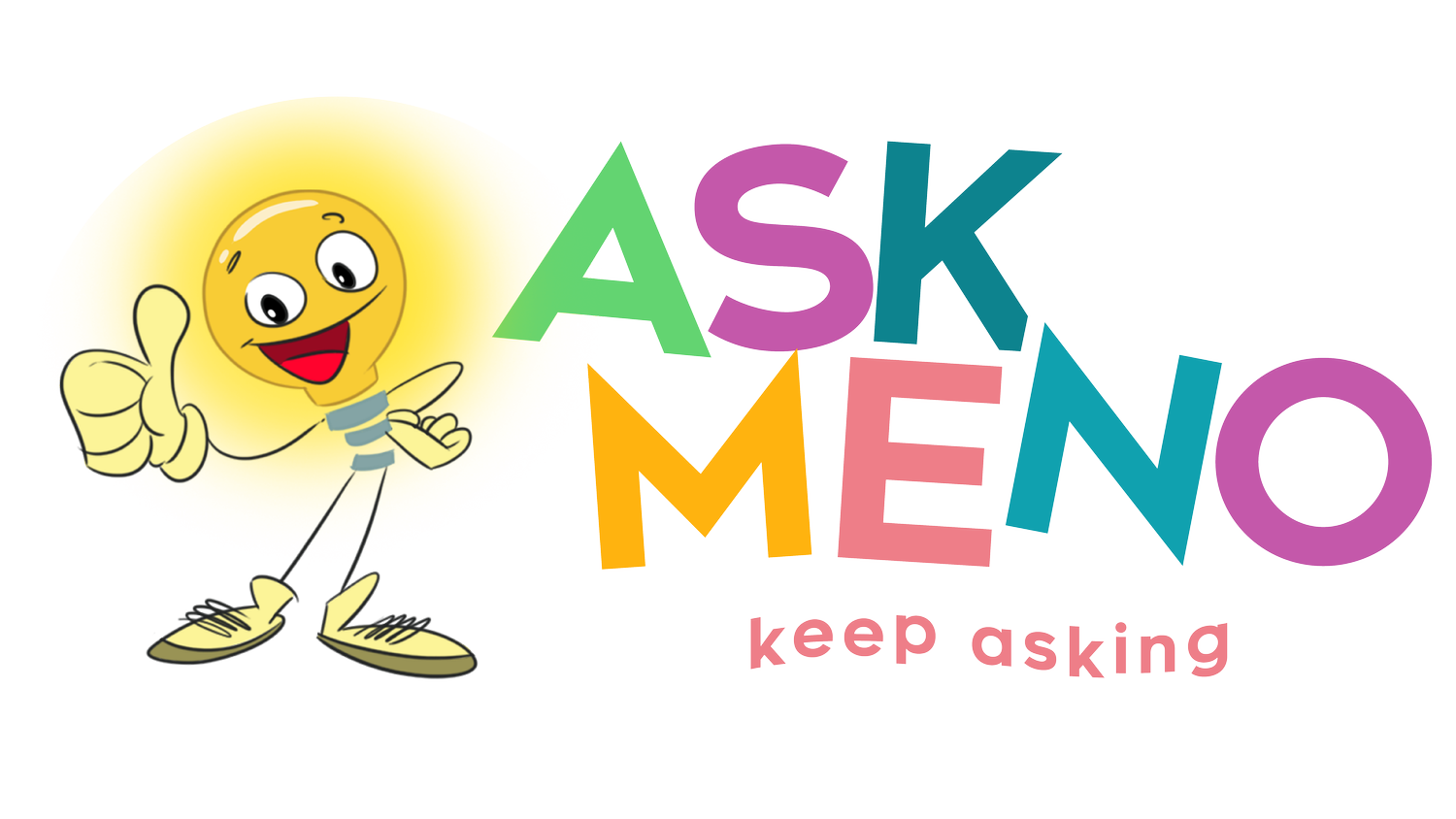Language Comprehension Practices Not Aligned with Science of Reading
Three-cueing systems, leveled texts, and balanced literacy models (Oh my!) are some of the well known word recognition practices that run counter to the Science of Reading (SoR). But what about the language comprehension (LC) strand of reading comprehension?
It's time we call out non-SoR-aligned language comprehension practices as well. Why should the three-cueing system get all the attention? Here are 5 common classroom practices that are mis-aligned with the SoR¹:
❌ Product-centered comprehension: Focusing on the product of comprehension instead of developing the process of comprehension
❌ Lower order-driven inquiry: Questioning during read-alouds focuses mainly on lower-level questioning skills
❌ Content-deprived read alouds: Read-aloud text lacks complexity and/or does not include background-knowledge-building texts
❌ Decontextualized vocabulary: Tier 2 words are not explicitly taught and practiced; students are not given opportunities to use them in conversations, see them in print, or use them in writing
❌ Implicit inferencing: Students do not practice inference as a discrete skill
According to The Reading Group, a teacher training and research organization, “Curricula must not emphasize foundational word recognition skills to the exclusion or near-exclusion of language development (e.g., vocabulary, syntax, discourse) and the building of background knowledge. Curricula should emphasize developing these key aspects of language comprehension orally, at first, while foundational reading skills are being developed.”¹
—--
Sources:
¹ https://www.thereadingleague.org/compass/curriculum-decision-makers
About AskMeno
AskMeno is dedicated to helping early-childhood leaders build the foundational oral language and social skills necessary for their young scholars’ reading comprehension and emotional wellbeing. AskMeno provides a play-based, teacher-facilitated supplemental curriculum that systematically and explicitly develops oral language and social skills through scaffolded, fun, and engaging learning activities.






